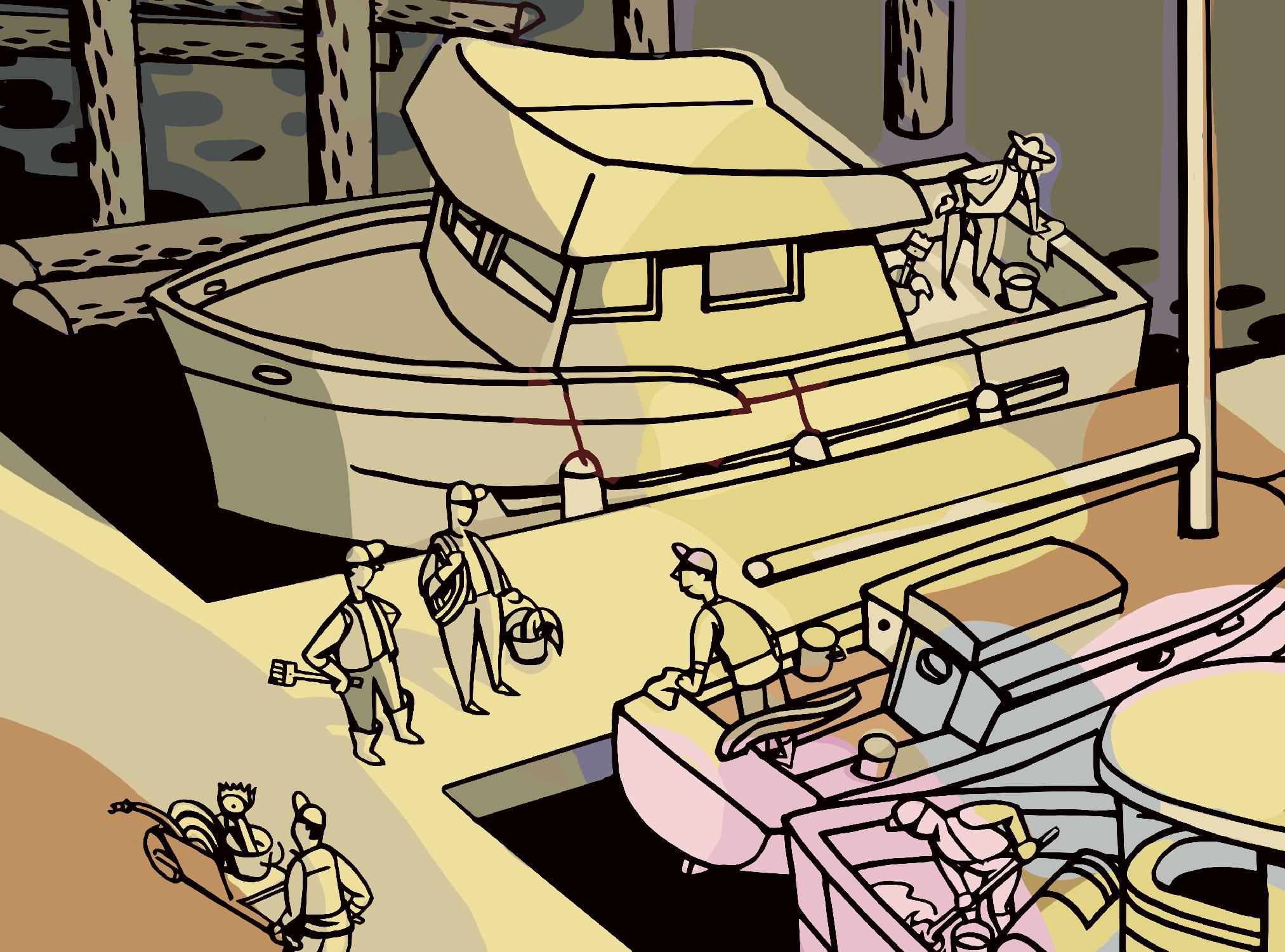
9 minute read
Lessons from the Back Seat
The melding of durum wheat, Pecorino Romano and freshly ground pepper make cacio e pepe the perfect March feast days finally arrive. It’s time to try out new fuss-free recipes that don’t require a lot of ingredients.
Tnox. Down on the dock, folks we’ve only seen at the grocery store the past few months are swapping winter tales with snowbirds newly back from Arizona. And everyone’s talking about visiting Desolation Sound, the Broughton Islands, Telegraph Harbour and other familiar summer haunts.
Advertisement
There’s something ominous about March, given that Julius Caesar met his demise smack dab in the middle. But wait! There’s good stuff happening, too. Best of all, vernal equi-
It’s time to exchange dreams and wishes for actual plans. It’s time to wash the grime off the boat, replace worn lines and be ready to pull away from the dock when the long, sunny
Shelf-stable and endlessly versatile, pasta ranks high on the cruising menu. Right now, as I’m trying recipes I’ve never made before, I’m wondering if, on March 14, 44 BC, Caesar, having a premonition that he was eating his last dinner, ordered a heaping plate of spaghetti. Did he ask the cook to pile on the cream and parmesan? Did they even make parmesan in those days?
And what kind of pasta did they have, anyway?
I should have learned this back in junior high. What good did it do to study who conquered whom and when, but not the important stuff?
We heard about Marco Polo, of course. True, the Chinese had been making noodles since 3000 BC, so Marco may have tasted his first macaroni in 13th-century China, and maybe he brought some back. But the Chinese weren’t the only ones who had figured out how to put flour and water together. An Etruscan tomb dating from the fourth century BC held evidence of what appears to have been pasta. And back in the first century BC, Horace, a Roman poet, referred to sheets of dough used as food. Therefore, I wouldn’t be at all surprised if Caesar harboured a craving for it.
Of course, if he didn’t know Brutus was going to do him in, he probably didn’t record his last dinner, but suppose he ordered cacio e pepe. This is a deceptively simple dish with only three ingredients, so his cook should have been able to toss it together for him. I’ve always thought it couldn’t be all that great, but a couple of days ago I made it for the first time, and it is fabulous—as long as you do it right.
When so few ingredients are required, it’s important to use the best ones: 100 percent durum-wheat spaghetti, pecorino or similar sheep’s milk cheese and black pepper. That’s it!
I first heard about durum wheat while sitting in the back seat of my dad’s 1949 Ford with my brothers, listening to my father and grandfather as they drove dusty southern Alberta farm roads. On sunny Sunday afternoons, they walked out into their fields and proudly lifted their arms to show us kids, who remained in the car, that the long heads of grain with their tall, spiky beards grew to shoulder height. High in protein and gluten, durum flour makes the best pasta.
Pecorino Romano is the traditional choice of cheese, and it may be hard to find in small grocery stores on the edge of the Salish Sea, so stock up on it when you have a chance. It tastes superb all by itself, but some cooks like to mix 70 percent pecorino with 30 percent parmesan. Whichever you choose, don’t be tempted to buy shredded cheese. Pre-grated cheese contains an anticlumping agent that prevents it from making a smooth paste. Besides, if it’s more than a few days old, it’s lost some of its flavour. I recommend taking a few minutes and getting acquainted with the coarse holes of a box shredder.
Finally, a word about pepper. Native to the Malabar coast of India, this spice once cost more than gold and should still be treated with reverence. Black peppercorns should be black, not faded to gray, and freshly ground. On the tongue, pepper should present with heat and a fragrant, slightly floral flavour. The problem is that once ground, pepper begins to oxidize. It rapidly loses the characteristics that make cacio e pepe and many other dishes sing.
After the quality of ingredients, it’s all in the technique. If you don’t do it right, you end up with gluey, stringy clumps of cheese. But when prepared correctly, the starches in the cooking water bind the cheese to the noodles. Silky sauce clings to each strand, and each bite is a perfect balance of cheese, pepper and pasta. It’s a food worthy of kings, emperors and all who cruise the sparkling Salish Sea.
Cacio e Pepe
Ingredients for 4 to 6 servings:
Ingredients
•170 – 225 grams (6 – 8 ounces)
Pecorino Romano or similar sheep’s milk cheese: NOT pregrated
•2 tablespoons cream
•2 teaspoons extra virgin olive oil
•1 teaspoon freshly ground black pepper; more to taste
•500 grams (1 pound) dried 100 percent durum-wheat thick spaghetti, linguini or bucatini
•Cooking water: Measure, and for every litre or quart of water, add 1 teaspoon salt
Method
Note: Get everything ready before beginning to cook. Once the pasta is done, drain and finish it immediately.
1. Grate the cheese and grind the pepper.
2. Mix together cream and olive oil.
3. Bring salted water to full boil, then add the spaghetti.
4. Stir frequently, until firm to the bite but not chalky in the centre.
5. While cooking, warm a big serving bowl.
6. Drain pasta, saving 2 cups of cooking water.
7. Mix 1 cup cooking water, oil and cream in the warmed bowl.
8. Add pasta and toss.
9. Continue tossing as you add cheese and pepper a small amount at a time. Add more cooking water as needed to make a creamy sauce, until the spaghetti is coated.
10. Serve at once in warmed, shallow soup bowls with an extra grind of pepper on top.





BY MARIANNE SCOTT
Janice Mason & Ian Graeme
Race to Alaska veterans
Texercised both methods—aboard a sailboat, in a rowboat and in a kayak— since they first did the event in 2016 and 2015, respectively.
The Race to Alaska (R2AK) has a single rule—participants can race any engine-free boat as long as it moves by human or wind power. This now-classic race starts in Port Townsend for its first leg to Victoria, then aims north to Ketchikan for leg two. R2AK veterans, Janice Mason and Ian Graeme, have

Janice, who trained with the University of Victoria’s famed rowing program, has oared her way to prominence for decades—she medalled in the 1982 (bronze) and 1987 (gold) World Rowing Championships, and rowed in the Olympic Games’ quadruple sculls in 1984. More than two decades later, she paddled with her nephew in the Yukon River Quest, winning the mixed double-kayak category. At the same event in 2012 she won the solo women’s kayak, and two years later completed the Ironman competition in Whistler. In the meantime, she became a doctor with a subspecialty in sports medicine and raised a daughter. She retired from medical practice last spring.

Ian, a forester who retired early in the pandemic, had sailed with his family since childhood. He’d also spent the ’80s and ’90s in Haida Gwaii and said, “I’m very comfortable in the outdoors.” Part of his inspiration for paddling came from dining with Betty Lowman Carey who in 1937, at age 22, rowed her dugout canoe, Bijaboji, from Anacortes to Ketchikan. As she wrote in her memoir, Bijaboji: North to Alaska by Oar, her adventures included visit- ing logging camps, capsizing and being harshly judged—single young women were supposed to stay home—but also lionized for her valour. “I certainly reflected on the scale of her remarkable accomplishments and my conversations with her 30 years earlier as Janice and I completed the R2AKs,” said Ian.
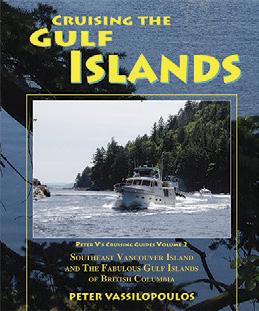


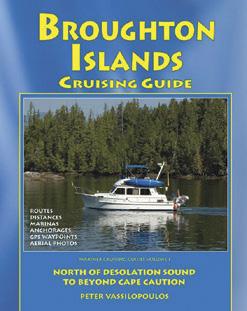
When Janice spotted the ads for the inaugural R2AK in 2015, she harked back to her rowing expertise and began seeking rowing partners—but no one signed up. Not giving up on the race, she joined three other women over 50 aboard Sistership, a Corsair F-27 trimaran, in 2016. They sailed and rowed, setting the record for the first all-female team to complete the race.
MEANWHILE, IAN ALREADY had notched the inaugural R2AK in 2015, sailing on Blackfish, another Corsair F-27. He joined the 2016 R2AK aboard his second Corsair F-27, Fly. Having completed the race’s first leg of the 2016 R2AK from Port Townsend to Victoria, Janice met Ian while checking out the trimaran competition. Later, when quaffing a beer together at the Bent Mast Pub, Janice revealed her wish to row the R2AK. “I’ll volunteer,” said Ian. A partnership over oars was born.
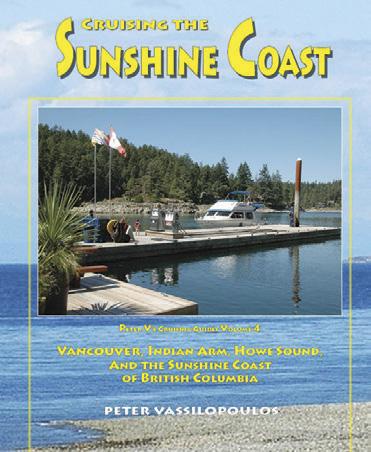
That winter, they searched for a proper rowboat and found a 22-foot Merrywherry Sea II on Whidbey Island. The boat kit was designed by Bellingham’s Ron Mueller and built by Robin Clark. “It needed an overhaul,” said Janice. “Amazingly, both Robin and Ron helped us refit the rowboat. They were a great support as they knew the boat intimately. We renamed her Bar bara Goss.”
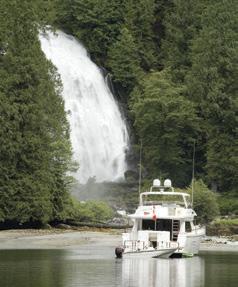

JANICE EXPLAINED THAT the human-powered race, you need to train. Their regimen included swim ming, kayaking, weightlifting and rowing. Racing as Team Oaracle in the 2017 R2AK, they upgraded the two sliding seats and installed a tiny electric bilge pump. “Rowing day-in day-out is taxing and causes butt soreness,” said Janice. “You compress your butt muscles with the constant motion. It takes a lot of energy and it’s harder work than kayaking.” It took Team Oaracle 23 days to reach Ketchikan. Knowing they’d never win the R2AK’s $10,000 first prize, they still rowed every day.

In 2018, Janice and Ian again entered the R2AK as Team Oaracle, this time in a 22-foot Seaward Passat Tandem Kayak. The shift from rowboat to kayak had its advantages—the paddlers could see ahead of them and with spray skirts, were drier. “In a rowboat, though,” said Janice, “it’s easier to stand up and stretch.” They made it to Ketchikan in 18 days, beating their previous record by five days.
In 2019, they signed up again and redeployed the same kayak in Port Townsend. Alas, 45-knot winds whipped up Juan de Fuca’s waves and the pair wisely waited for calmer seas (several boats required rescue). When they finally arrived in Victoria, they’d just missed the departure deadline and were out of the race.
THE PANDEMIC CANCELLED the 2020 and 2021 R2AKs. But the 2022 race again attracted registrants from as far away as the UK, Australia and such well-known boating havens as Kansas. Janice and Ian joined them. “We wanted redemption for 2019,” said Janice. They completed the voyage in 17 days, the only kayak to finish the race.
“We’re often asked why we’ve repeatedly entered the race,” said Janice. “We really like doing it. Being under human power. There’s peace out there. No business demands. Experiences are rich and intense, the waves, wind, live colours, whales blowing nearby. We have the most amazing raw and wild coast. Out there you understand how important it is to protect it.
“It’s really a healthy addiction,” she continued. “You have a deadline, must be ready to go. You’re safety conscious while pushing yourself hard. Some bits can cause anxiety, like Juan de Fuca Strait, but the competition also adrenalizes you.”
That said, the race can take a toll on the body. “There’s intense tension on the shoulders and wrists,” Ian said. “Our hands blister and callous, but they do toughen up. Because we’re both 62, it takes longer to recover.”
DURING THE RACE, Janice and Ian must find a flat, dry place to camp every evening, set up the tent, cook and secure the kayak—always keeping the tidal ranges in mind. Blowup mattresses and water-repellant down sleeping bags add to comfort. Every morning they rise early and the process is reversed—each setup and breakdown takes two hours. Then the hunt is on for favourable currents, for back eddies. Strong tidal currents in places like Johnstone Strait or Grenville Channel require careful shore hugging. Although two small solar panels charge the cellphones, they don’t listen to music while synchronizing their double-bladed paddles. “But,” says Janice, “Ian hums incessantly.”

As R2AK is a race without supply drops or safety nets, detailed provi- sioning is imperative. Ian isn’t sure on the number of calories burned while paddling, but says they snack all day on fruit bars, chocolate and energy bars. Instant coffee and teabags help with hydration. Freeze-dried chicken and other staples provide hot meals on their Jetboil camp stove.

WILL 2023’S R2AK make it six for Ian and five for Janice? Perhaps. They’re busy promoting their sales of Liteboat, a French-designed light, stable rowboat. They support R2AK and the Port Townsend’s Northwest Maritime Center and help some Europeans with the logistics of shipping their boats to the Pacific coast. They may provide advice on low-cost refitting of an inexpensive boat, making the R2AK more affordable.

They may join someone else’s sailboat.
When the pair reflect on lessons learned during their joint R2AKs, Janice thinks she’s become more flexible. “Over the years, I got used to everything being my way,” she said. “The races have taught me about partnership.”
“Decision making on the water, especially in risky conditions, should always build on the best of our collective experience and abilities,” Ian concluded. “In the process, we learn from each other and arrive at the best possible solution, with agreement, commitment and trust. Having rowed and paddled many challenging miles together, the process has become second nature and often few words need to be spoken.”
BY DEANE HISLOP










